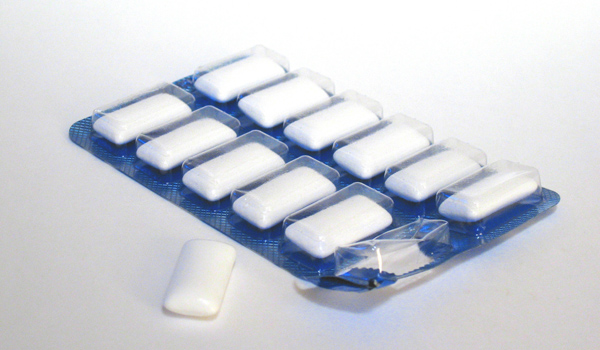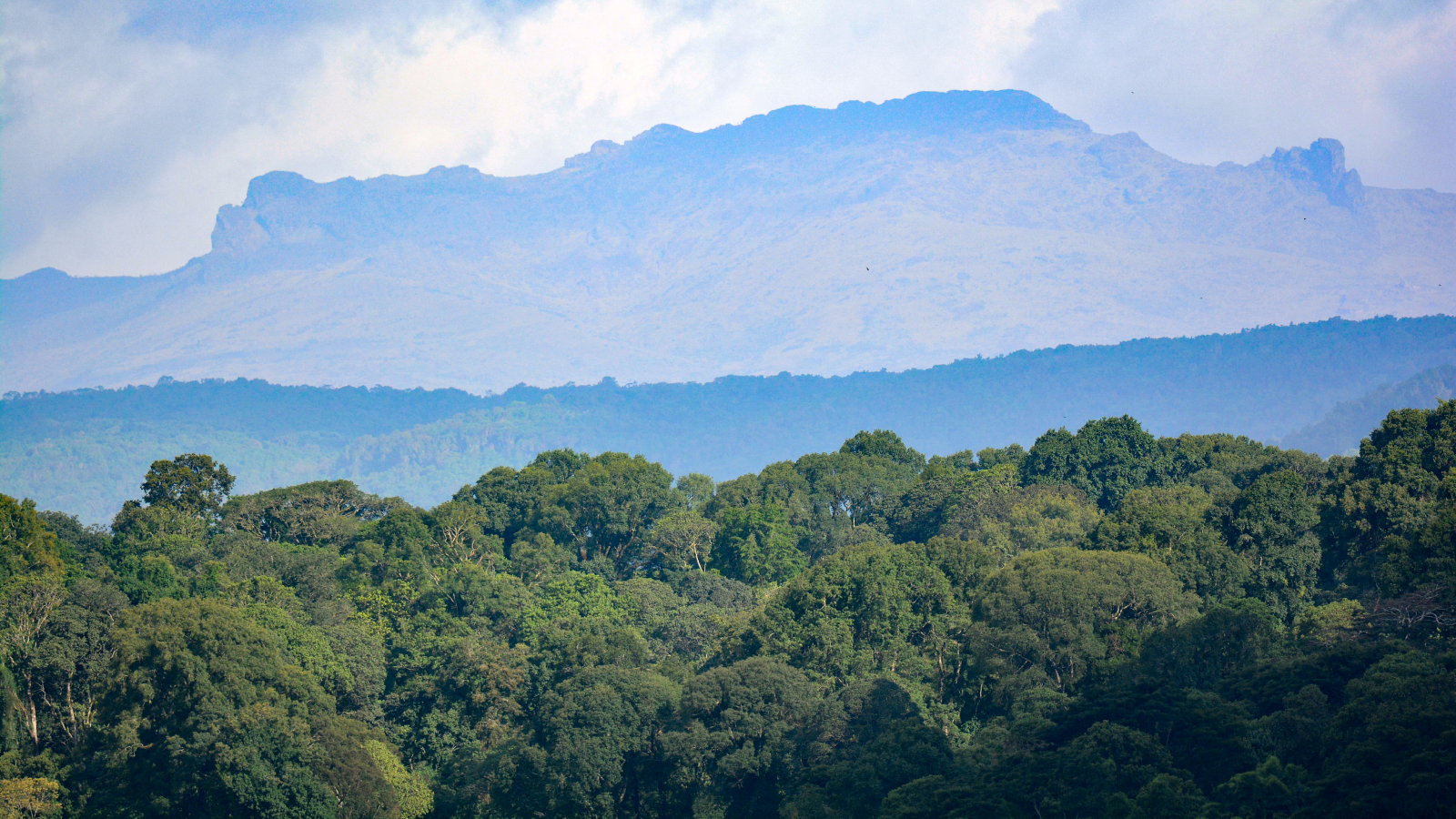5 'Hidden' Sources of Caffeine

The Food and Drug Administration (FDA) announced this week that it will take a closer look at the health effects of caffeine, which can be found in a variety of sources and add up over the course of a day.
The agency "is taking a fresh look at the potential impact that the totality of new and easy sources of caffeine may have on the health of children and adolescents," Mike Taylor, the FDA's deputy, said in a statement..
The statement came on the heels of Wrigley’s launch of a new caffeinated gum. The product, called Alert Energy Caffeine Gum, is marketed to adults and contains 40 milligrams of caffeine, the company says.
Some products — like coffee, energy drinks and soft drinks — are well-known to contain caffeine. But other sources are less obvious. Here are five "hidden" sources of caffeine:
Dietary supplements: More than half of Americans take some type of dietary supplement. Some supplements contain caffeine, even though exact the amount of caffeine may not be listed on the product labels.
In these cases, consumers have no way of knowing exactly how much caffeine they are ingesting. A study published earlier this year analyzed 20 dietary supplements — including multivitamins and performance-enhancing supplements — and found that six of the supplements’ labels failed to list the amount of caffeine contained in the product. All six supplements contained high doses of caffeine — between 210 mg and 310 mg per serving. In comparison, one cup of coffee contains about 100 mg of caffeine.
People should assume that any dietary supplement that lists caffeine on its label contains a significant dose, study researcher Dr. Pieter Cohen, an assistant professor of medicine at Harvard Medical School, told MyHealthNewsDaily in an interview in January.
Get the world’s most fascinating discoveries delivered straight to your inbox.
Medications: Some medications contain caffeine. Two tablets of Excedrin Extra Strength pain medication contain a total of 130 mg of caffeine — a little more than a cup of coffee, or four 12-ounce cans of Coca-Cola.
Decaf coffee: Choosing decaf coffee is not a surefire way to avoid caffeine entirely, as the decaffeinating process leaves a small amount of caffeine. A 2006 study found that decaf coffee purchased at coffee shops and restaurants contained up to 14 mg of caffeine per 16-ounce serving. Even though that's not very much, it can add up if you drink a few cups.
Chocolate: Indulging in the sweet treat will add to your daily caffeine intake. Eat a whole cup of semisweet chocolate chips, and you'll get a caffeine dose equivalent to that of a cup of coffee (104 mg), according to the Mayo Clinic.
Milk chocolate, however, contains less caffeine: Nine Hershey's Kisses contain about 9 mg of caffeine, the Mayo Clinic says.
Tea: Some people who get jittery after drinking coffee switch over to tea. Although tea contains less caffeine than coffee, it can still be a significant source of the ingredient. Regular black tea contains between 14 mg and 60 mg of caffeine, the Mayo Clinic says, and green tea contains between 24 mg and 40 mg.
Pass it on: Caffeine isn’t just found in coffee and energy drinks; it’s also found in these “hidden” places.
This story was provided by MyHealthNewsDaily, a sister site to LiveScience. Follow Rachael Rettner @RachaelRettner. Follow MyHealthNewsDaily @MyHealth_MHND, Facebook & Google+. Originally published on MyHealthNewsDaily.

Rachael is a Live Science contributor, and was a former channel editor and senior writer for Live Science between 2010 and 2022. She has a master's degree in journalism from New York University's Science, Health and Environmental Reporting Program. She also holds a B.S. in molecular biology and an M.S. in biology from the University of California, San Diego. Her work has appeared in Scienceline, The Washington Post and Scientific American.


